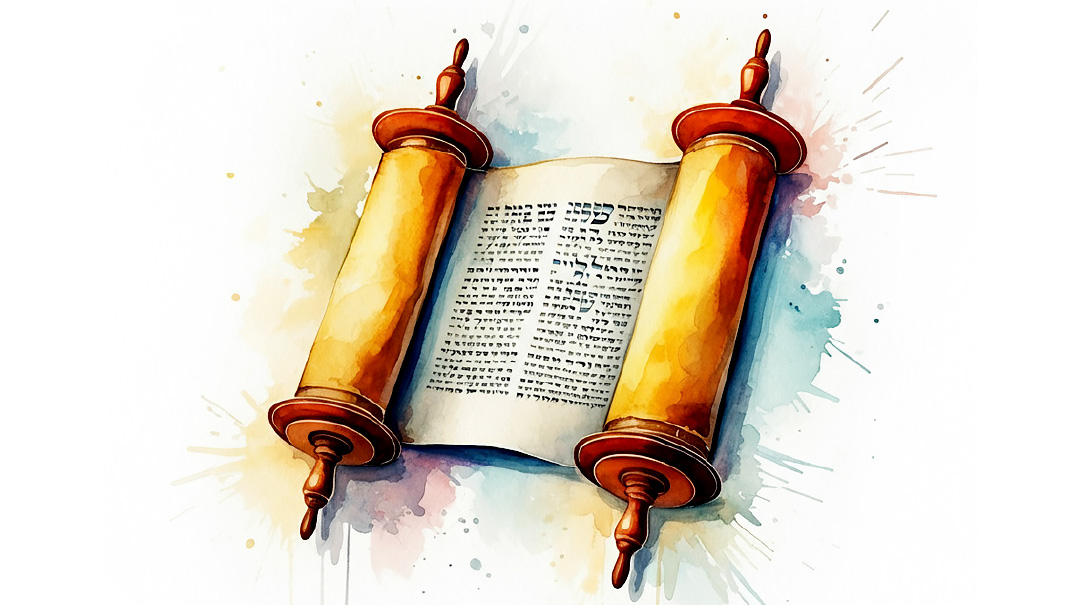Forged by Fire

Those who love Bnei Yisrael, who share their sorrows and seek to help — these are the people Hashem desires to lead His nation

“And it was in those days that Moshe grew up and he went out to his brothers and saw their burdens…” (Shemos 2:11)
Rashi explains: “He focused his eyes and heart to be pained for them.”
The Midrash comments that this middah of being nosei b’ol, of sharing in his brothers’ burden, was what gave Moshe Rabbeinu the merit to be chosen as leader of Klal Yisrael.
Moshe’s trait was surely impressive. But a display of empathy seems small when compared to its reward — leading all of Klal Yisrael. What makes this middah deserving of such reward?
The Alter of Kelm explains that one who is nosei b’ol is emulating the middos of Hashem, as it says in Tehillim (91:15): “I am with him in distress.” Hashem feels every Jew’s pain. Those who love Bnei Yisrael, who share their sorrows and seek to help — these are the people Hashem desires to lead His nation. He is like a father, who loves those who love his children. (Rabbi Moshe Krieger, Bircas HaTorah)
The pictures were shocking. I stared at the images. Flames pouring out of windows, first responders rushing to save lives, blackened smoke-stained stone. I closed my eyes, but the images continued to rush to fill the void. My thoughts took them further, imagining the mothers huddling with their children, teens running through flames, families torn by bedlam, panic, and fear.
I closed the newspaper, but the fear threatened to choke me. The fire in the Romema neighborhood may not have threatened me personally, but it was personal in its pain. I didn’t need the printed photos. Each stone, each window, was ingrained within my memory. For a decade, I’d lived within those very buildings. My children had played in front of those blackened doorways and my curtains had hung in those broken windows. And I had close family and friends still there.
Moshe actually went far beyond the standard level of nosei b’ol; he risked his life for Klal Yisrael. This level may be beyond what we’re obligated, but Rav Chaim Friedlander notes that we must make the effort to feel our fellow Jew’s pain and help him. Much of the anguish people suffer stems from aloneness.
A delegation once approached Rav Aharon Yehuda Leib Steinman after several tragedies had occurred in his neighborhood. Should they focus on teshuvah within bein adam l’Makom or bein adam l’chaveiro? Rav Steinman replied, “Bein adam l’chaveiro. We must truly empathize with our fellow man.”
Within the first few days afterward I heard so many stories of nissim, of Hashgachah pratis, of salvation. I appreciated each and every story, because news reports had made it clear that it was only through Hashem’s sheer mercy that there was no loss of life.
Yet while my mind registered the miracles, my emotions still refused to settle.
Rav Menachem Tzvi Berlin once visited Rav Shach, who was then very weak. He was surprised when Rav Shach asked him to accompany him to a family Rav Berlin did not recognize. When they arrived, Rav Shach gave out chocolate to the children and chatted with each. He then spoke at length with the mother, who was caring for a newborn. Afterward, Rav Shach agreed to be photographed with each child, assuring the mother he was in no rush. Only then did he leave.
Once out of the house, Rav Shach explained, “Their father is abroad with a son who needs medical treatment. The mother, who’s right after birth, is alone with the rest of the children. They need to know I’m here to take care of them.”
Then I began to get phone calls. People who knew I’d once lived there approached me with offers of help. Those who knew I still had family and friends there inundated me with ideas and a willingness to assist anyone who’d been affected. There were offers of clothing, appliances, and general financial assistance. One woman accepted upon herself the cost of bringing anyone’s clothing to a special dry cleaning that specialized in removing the stench of smoke. I heard from people I hadn’t been in touch with in years, from relatives I usually only speak to at simchahs.
As the warmth and love came pouring in, my heart began to thaw. This was our response to tragedy, our legacy — the responsibility we share for each other. Little by little, the agony of the images were replaced by others, images of the care and concern of those who may not have lived through that fire, but who lived with the burning need to assist those who had.
(Originally featured in Family First, Issue 725)
Oops! We could not locate your form.


